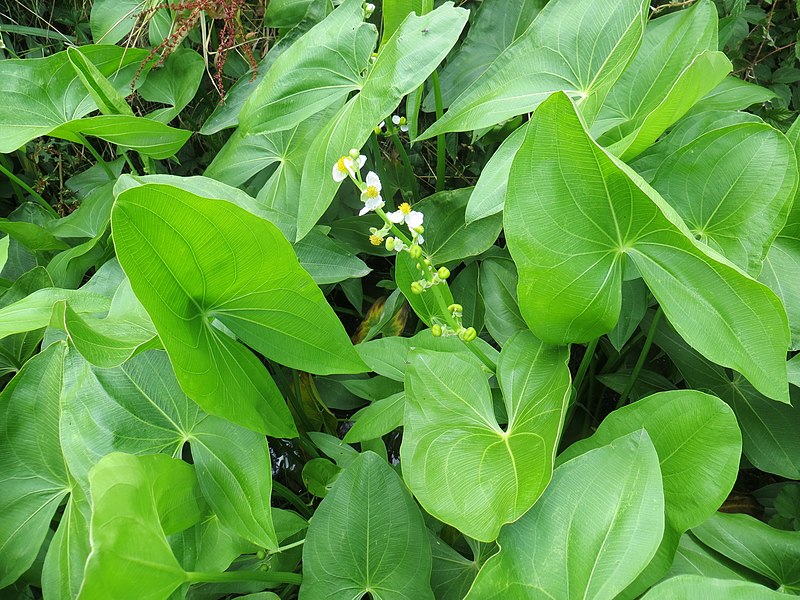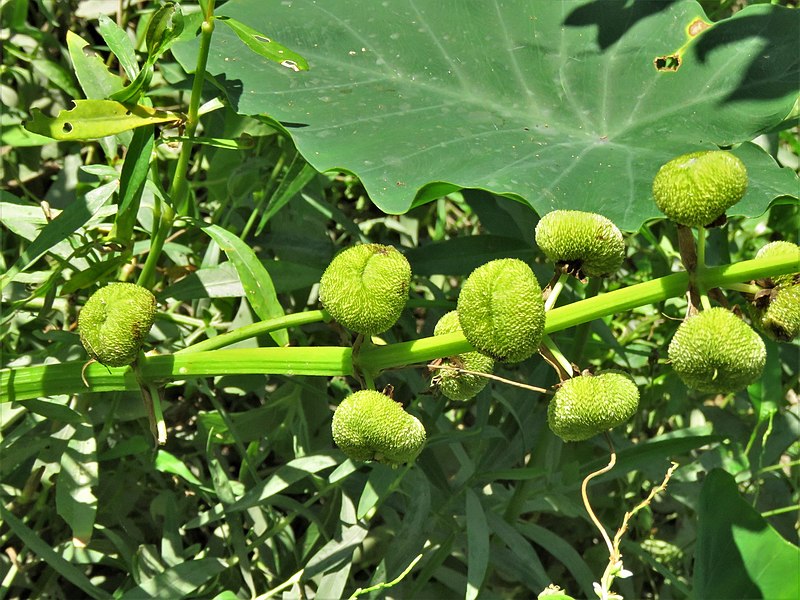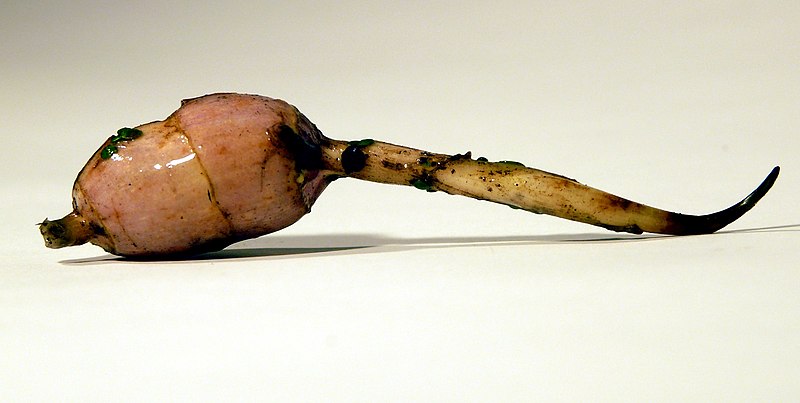Broadleaf Arrowhead Identification – Sagittaria latifolia
Heads up
Let’s embark on a brief exploration of the Broadleaf Arrowhead, also known as Sagittaria latifolia, a member of the Alismataceae family. This plant carries with it other names, which might sound familiar to you. Sometimes, it’s called the duck potato, wapato, or Indian potato.
Broadleaf: Key Parts in Photos





Where to find it
If you’ve ever ventured near freshwater ponds, marshes, or slow-flowing streams, chances are you’ve come across the Broadleaf Arrowhead. Especially in the North American region, this plant loves to flourish at the edges of these freshwaters, with erect or sometimes floating stems emerge from the water or mud.
How to identify Broadleaf Arrowhead
One of the most defining features of the plant is its leaves. Found at the base, some might be arrowhead-shaped, others might be heart-shaped or even spear-like. Yet, some can be narrow and elongated. Regardless of the shape, these leaves have smooth edges that are easy to the touch, and they have prominent veins that crisscross their surface.
Broadleaf Arrowhead flowers are white with vibrant yellow centers. They grow in whorls of three on long, slender stalks, reaching out towards the sky, their saucer-shaped form a delightful sight on a sunny day.
Following its flowering season, this plant yields fruit that is brown achenes form, clustered in round heads. These achenes play a vital role in the plant’s lifecycle, ensuring its propagation and survival.
There’s another part of this plant that’s worth mentioning: the tuber. The Broadleaf Arrowhead has rounded tubers that have a fleshy consistency. These tubers are encased in a brown or black outer skin, making them resemble potatoes. They’re not just for looks, though. Historically, these tubers were a food source for Native Americans.
